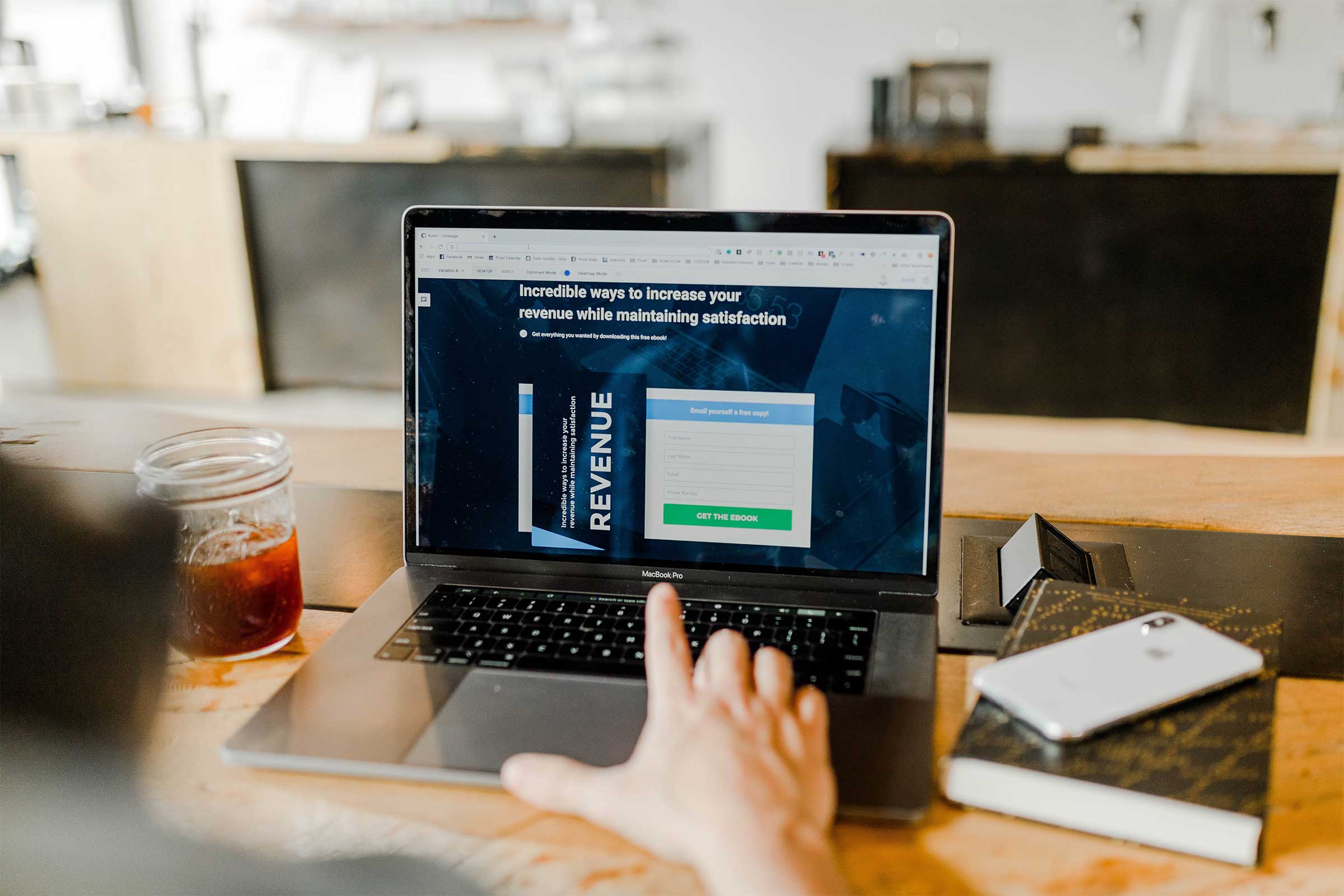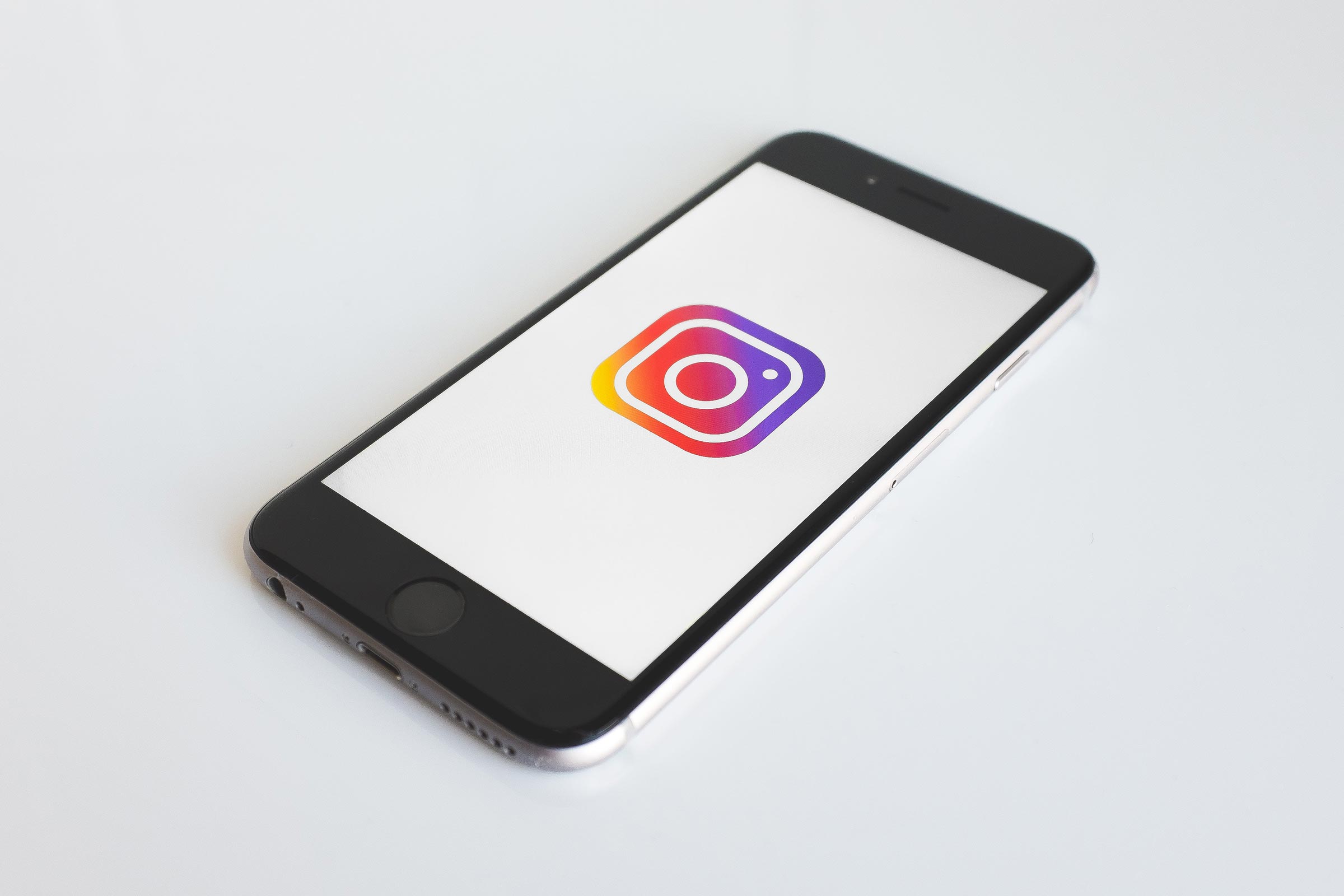On January 11 of 2018, Facebook CEO Mark Zuckerberg announced that his company would be issuing a significant update to Facebook’s News Feed functionality.
“We started making changes in this direction last year, but it will take months for this new focus to make its way through all our products. The first changes you’ll see will be in News Feed, where you can expect to see more from your friends, family and groups.
As we roll this out, you’ll see less public content like posts from businesses, brands, and media. And the public content you see more will be held to the same standard — it should encourage meaningful interactions between people.” (read the full post here)
The goal of this update was to reemphasize the importance of interpersonal relations on Facebook, increasing the visibility of posts from your friends and family while decreasing the visibility of posts from publishers and brands.
So, more public content from people, less public content from brands. Seems simple enough, but how exactly does this update accomplish all of this? Facebook’s Head of News Feed, Adam Mosseri offers a detailed explanation in his Facebook Newsroom article, but in a simple sense, Facebook’s News Feed algorithm now heavily throttles the organic reach of all brand pages.
When this announcement was made, it sent a lot of online marketers into a frenzy, with many declaring it a sign of the content marketing apocalypse. However, while some saw this update as a sign that advertising on Facebook was doomed, others recognized that nothing about this update was new or surprising.
As many researchers have found, organic reach for brand pages has been on a steady decline since 2011. In 2017, Agorapulse released a report detailing Facebook Organic Reach from 2011 to 2016, showing an average 4% decrease every year in percentage of base audience that a business page can reach organically.
The new News Feed update, however, hit business page organic reach a lot harder and immediately. Over the last 9 months since the implementation of the update, we have seen some of our larger social clients showing a nearly 1/3 decrease in both their paid and organic reach compared to 2017.
So, what does this mean? A 33% drop in organic reach is pretty dramatic, but does this mean that business pages are doomed? The short answer is no. Advertising on Facebook has always been a game of adaptation; optimizing content to work with and around Facebook’s standards. This is just another instance in which we need to adapt.
To better understand how to adapt to the new News Feed algorithm, we need to breakdown what Facebook’s considers a “meaningful interaction.”
What is a “Meaningful Interaction”?
In the past, Facebook’s key determining factor for a post’s success was the amount of time that it enabled a user to spend on its platform. The types of content that were prioritized were internal content (content directly uploaded to Facebook).
External links to websites or YouTube videos often underperformed compared to photos, tagged posts, or internal Facebook videos unless boosted with a paid ad. Facebook, like most social sites, wanted to keep you on Facebook, so if your post didn’t lead a user away from Facebook and received a decent number of likes, it would likely perform very well.
Things are different now, however. Facebook’s 2018 News Feed algorithm update has placed a stronger emphasis on active engagement.
Comments, comment replies, reactions, and shares; these are the factors that Facebook’s News Feed algorithm prioritizes as “meaningful interactions” which will improve your post’s organic reach.
Facebook wants to see that conversations are taking place and that users are experiencing an emotional reaction to your content rather than passively scrolling and hitting the “like” button. Not only that, Facebook wants to see that this is occurring on any instances where your content is shared.
If there is an extensive conversation taking place on your posts, your content will rank higher and be featured more prominently on Facebook’s News Feed.
Impact on Facebook Brand Pages.
So how does this update impact how we use brand pages? As Mosseri explains,
“Because space in News Feed is limited, showing more posts from friends and family and updates that spark conversation means we’ll show less public content, including videos and other posts from publishers or businesses.”
While the base amount of brand content that appears organically in a normal user’s News Feed has been significantly decreased, it has not been outright eliminated from the News Feed (or moved to a separate feed ala 2017’s short-lived “Explore Feed”). Instead, only the most engaging (“meaningful”) brand content will be able to appear in the News Feed.
This means that if you want your posts to rank and actually appear in user News Feeds, you can no longer afford to use a brand page simply as a listing page, ad dump, or review hub. To grow your brand’s visibility and audience on Facebook, you need to consistently produce engaging content that resonates with your audience.
How to Optimize Brand Content.
So how does one produce engaging brand content for Facebook? While every audience is a little different, here are three basic guidelines for optimizing your content and production cycles:
1. Post Content Consistently
One of the most common problems brand pages face is that they simply don’t post often enough. This is especially common for organizations that are less active during certain parts of the year. While it may be tempting to only post during busy season, it is in your best interest to maintain a year-round presence on Facebook.
If your page seldom produces content outside of busy season, your organic reach will drastically fall during the off-season. As your reach drops, your engagement will also drop, which will make Facebook further devalue content from your page, making it even less likely that posts will reach your audience. This means that when you do start posting more content, you will need to do a lot of work and heavily invest in paid ads to get your content in front of a similarly sized audience. This effect will be even worse if the content you do post is of poor quality.
Conversely, if you regularly post content during your off season, your baseline reach and engagement levels will be much higher going into the busy season. Even if you only produce 3-5 posts per week, you will be maintaining a regular presence and engagement with your audience, thus increasing Facebook’s perceived value of your content. This will allow your page to perform even better when you enter a high activity period or choose to implement any paid ads.
2. Post Relevant Content that Inspires Discussion
This should go without saying, but your content needs to be relevant to your audience. If you own a bakery and are posting about plumbing or the top 10 ways to improve office workflow, your audience is likely to be both confused and disinterested. The majority of your content should be relevant to your brand or industry as these are the things your followers want to hear about from your page.
It’s normally not enough to post a cool picture or interesting blog and hope that your audience leaves a comment. You need to invite your audience to interact with your content through some sort of a call-to-action. This can be something as simple as posing a question or asking for an opinion from your audience.
Going for low-hanging fruit of “Do you like this thing? Comment YES if you do!” or “Blah blah blah is amazing! Like this post if you agree!” does nothing to inspire meaningful engagement from your audience, however. You do not want to goad people into simple one-word comments that do nothing to create a dialogue. This type of content, known as Engagement Bait, will be deprioritized by Facebook’s News Feed Algorithm and can result in significant throttling of your page’s reach.
Instead, you want people to have a discussion in the comments section and/or tag their friends to get more people adding to the discussion. Every page’s audience is a little different. Research your audience and analyze your page analytics to determine which types of content (subject, format, written copy, etc.) generates the most valuable responses. Facebook Live videos have been noticeably successful in inspiring this type of meaningful engagement as they allow brand reps to directly engage with their audience in candid and unscripted way, which inspires more candid comments from followers.
3. Prepare a Monthly Ad Budget
With business page content being deprioritized and engagement becoming the most important metric, Facebook’s paid ads have become much more valuable. Paid ads essentially allow your page’s posts to circumvent the throttling of Facebook’s current News Feed algorithm to a certain degree.
In a very simple sense, a paid ad or “boost” increases a given post’s reach and prioritizes the boosted post over a non-boosted post. This means that a boosted post is more likely to appear in a given user’s News Feed. On top of that, boosted posts are able to reach larger number of people than normal, even extending beyond your base followers depending on the targeted audience. This makes Facebook paid advertising extremely valuable for increasing your business’s visibility.
A boosted post’s rank on the News Feed will depend on two factors; how much money has been invested and how relevant the content is to the targeted audience. The more money invested, the higher the reach of the post. Likewise, the more relevant the content to the targeted audience, the higher the engagement. However, even a post with a relatively small boost is still more likely to perform well if it is relevant to your targeted audience.
Article References

